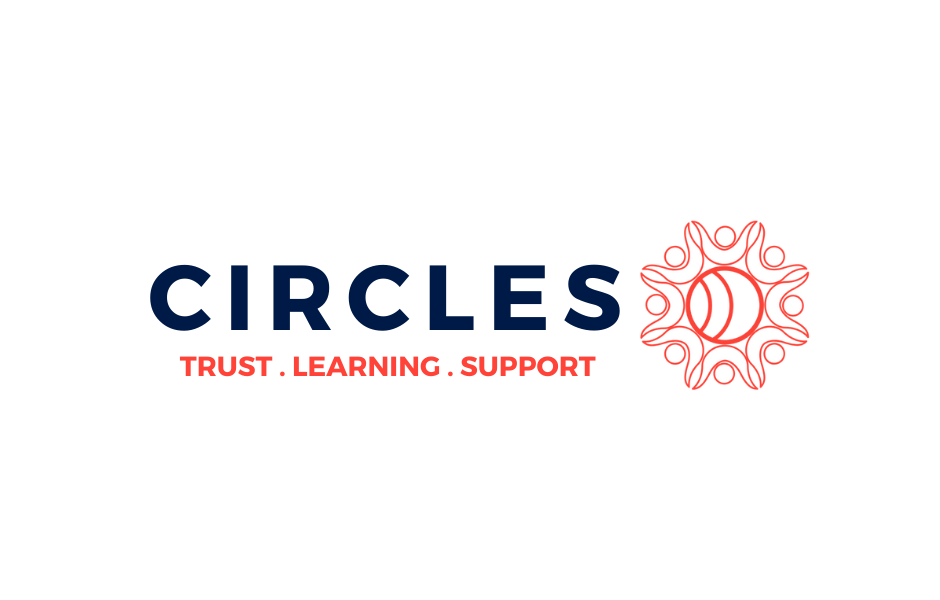Bandwidth Bias
Dr. Allison Scott
Chief Research Officer
Kapor Center
This article first appeared in The Racism Issue of Change Agent.
“From the perspective of human history, there has never been a time of greater promise or potential peril.” -Klaus Schwab, Chairman and CEO of the World Economic Forum, 2016.
Technology has fundamentally changed the way we live, work, learn, interact, and communicate, and this transformation has happened quickly. In no area is this more immediately apparent than in communications. Think about it—can you imagine a company, nonprofit, or government office that doesn’t have a website? Or a presence on Facebook, Twitter, Instagram, or YouTube? These are relatively new platforms, but they have become indispensable to our work, and to getting the word out about our mission and successes.
Digital technology is everywhere, but how often do you stop to think critically about the tools you use, or the diversity in the teams developing them, and the inherent biases baked into their creation?
In 2015, Google Photos used artificial intelligence to auto-tag the pictures that were uploaded to its site, and it notoriously categorized a young Black couple as gorillas. You can bet the team that built out the algorithms and tested them didn’t have a lot of diversity. Sadly, examples like this are far from the exception:
LinkedIn’s predictive technology was shown to suggest male names when users were looking up female contacts. “Did you mean Steven Williams?” No, LinkedIn, I meant Stephanie, just like I typed it.
Snapchat launched image filters that included offensive caricatures of Asian and Black people.
Microsoft’s chatbot “Tay” was trained to make offensive racist and sexist comments in just a few hours.
Voice recognition software using natural language processing still fails to recognize female voices, accents, and African American Vernacular English.
We assume that algorithms are neutral or maybe even the means for finding fact instead of fiction, but they reflect (and often magnify) societal biases and particularly the biases of the team creating and supplying the underlying data. Algorithms have to get “trained” by analyzing and seeking patterns in large amounts of data. Which humans participate and which criteria they use make a huge difference.
A diverse team of technology creators that mirrors the diversity of technology users will naturally raise a more diverse set of questions, test a broader group of assumptions, illuminate potential blind spots, and identify pitfalls in marketing and consumer adoption.
As communications technology tools continue to advance and evolve, it will be crucial to ensure that diverse talent is at the table when deciding what tools need to be created and in what ways. But we’re a long way from that reality.
The nation’s technology workforce remains overwhelmingly male (75%) and White (69%), with women of all backgrounds, as well as Black, Latinx, and Native American men and women, and some southeast Asian populations vastly underrepresented relative to their overall population in the workforce.
In the largest and most profitable technology companies, the percentage of Black and Latinx employees across their entire workforce is as low as 2%. In the tech creation and investment sector, racial and gender diversity is even lower: Less than 2% of all venture-backed technology startup founders or investors are Black or Latinx, and less than 20% are women from any racial or ethnic background.
This pervasive lack of diversity can be attributed to a set of massive barriers throughout the path to tech careers, which includes the lack of access to rigorous STEM courses in school, a dearth of diverse role models in college, biases in hiring, advancement, and investment in the tech workforce, and disparities in access to social capital and networks in entrepreneurship. We refer to this as The Leaky Tech Pipeline, and the barriers across the pipeline are complex, interrelated, and cumulative. The disparities in technology have serious consequences—and the disastrous product public relations nightmares listed above are just one part.
The tech sector’s homogeneity has significant effects on economic opportunities for communities of color. Without the opportunity to participate in the fastest-growing and highest-paying occupations, and without access to wealth-creation investment opportunities, economic inequality will be further magnified and communities of color will be disproportionately impacted by the by-products of technological shifts in the global economy, including automation, displacement, unemployment, and poverty.
Tech, as they say, is neither inherently good nor inherently evil. It can be used for either. The ethical orientation of its creators will be critical to assess, and consumers of technology must be critical in their consumption and usage as well. Facebook’s data scandal is a huge example—the amassing and weaponization of personal data literally has the ability to undermine democracy.
Studies show that social media has contributed to increased polarization and the rise of extremism. Algorithms are being used in the justice system to determine eligibility for parole and by homeland security to surveil the borders. The data input into these algorithms was biased to begin with; for example, the racial bias in our criminal justice system is well-documented, and if those currently incarcerated are being used to predict future incarceration, bias will be built into the predictive analytics.But it’s not all bad news. There are plenty of examples that demonstrate how technologists from diverse racial, gender, socioeconomic, linguistic, and cultural backgrounds can offer unique and impactful solutions for pressing social challenges. For example:
An experience of a Dominican immigrant being assigned to remedial math, despite excelling in calculus in the Dominican Republic, led to the creation of a global education technology company serving millions of students worldwide.
A woman’s experience with pay inequity as an engineer led to the creation of a tech platform to reduce the gender pay gap.
A man’s early experience of incarceration led to the creation of a platform to provide lower-cost communication to connect inmates and their families.
A personal experience of homelessness and housing instability led to the creation of a company aiming to disrupt homelessness through modular, sustainable housing.
A former community organizer identified the pressing issue of mass incarceration and launched a company to provide a tech solution to encourage parole, improve rehabilitation, and reduce recidivism.
So, in sum, diversity at all phases of tech, from ideation to building to marketing, is absolutely crucial if we’re going to have better products that solve real problems for a large and multicultural swath of the global population. Harnessed appropriately, tech has the ability to solve our most challenging problems and address negative aspects of tech innovation, including growing wealth inequality among communities of color in the United States. We all have a critical role to play in ensuring this happens.


